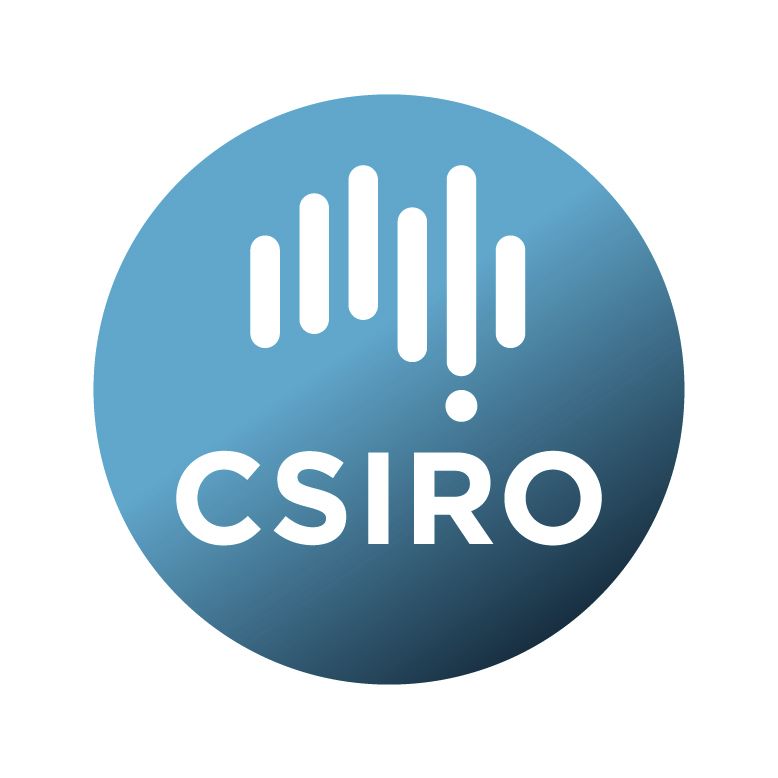Brief description
The collection describes a final CSIRO L3 bathymetry product as a gridded 200 metre resolution 32-bit floating point geotiff for RV Investigator voyage IN2020_V01.The voyage title, 'Development of William’s Ridge, Kerguelen Plateau: tectonics, hotspot magmatism, microcontinents, and Australia’s Extended Continental Shelf' departed Henderson, Western Australia on the 10th January 2020 and returned to Fremantle, Western Australia on the 6th March 2020.
The voyage had two principle scientific objectives:
1. To gain important new knowledge of the rifting, breakup, and initial separation of tectonic plates. The project constitutes the first-ever case study of conjugate oceanic plateau end-members – the formerly contiguous and subaerial, but now separated and submarine Kerguelen Plateau and Broken Ridge in the southern Indian Ocean – to investigate these phenomena.
2. To acquire, analyse, and interpret data and samples necessary for Australia to make a new or revised submission to the UN Commission on the Limits of the Continental Shelf (CLCS). The purpose is to extend our marine jurisdiction to include William’s Ridge, an extension of the Central Kerguelen Plateau, under the UN Convention on the Law of the Sea (UNCLOS).
The Kongsberg EM122 multibeam echosounder was used to acquire seafloor bathymetry, backscatter information and watercolumn backscatter at Rig Seismic Seamount, Williams Ridge, Broken Ridge and on associated transits. The EM122 provides a 1 degree by 1 degree angular resolution. The echosounder's nominal frequency is 12 kHz. Tide corrections were not applied to the processed data. Processed data had outliers removed.
Lineage: Method: Create HIPS Grid using CUBE; Parameters: Process ID = CreateHIPSGridWithCUBE Caris HIPS & SIPS 10.3.1 - IN2020_V01 Broken Ridge Floating Point Geotiff exported from Caris at 200m resolution 32-bit floating point geotiff, PROJCS ("WGS 84 / World Mercator)
Available: 2023-04-06
Data time period: 2020-01-10 to 2020-03-06
Subjects
AusSeabed |
Broken Ridge |
CSIRO |
Earth Sciences |
EM122 |
Engineering |
Geology |
Geomatic Engineering |
Hydrographic Survey |
IN2020_V01 |
Kerguelen Plateau |
MNF |
Marine Geoscience |
RV Investigator |
Southern Indian Ocean |
Surveying (Incl. Hydrographic Surveying) |
User Contributed Tags
Login to tag this record with meaningful keywords to make it easier to discover
Identifiers
- DOI : 10.25919/5F7E3B93126EA

- Handle : 102.100.100/375679

- URL : data.csiro.au/collection/csiro:46248



